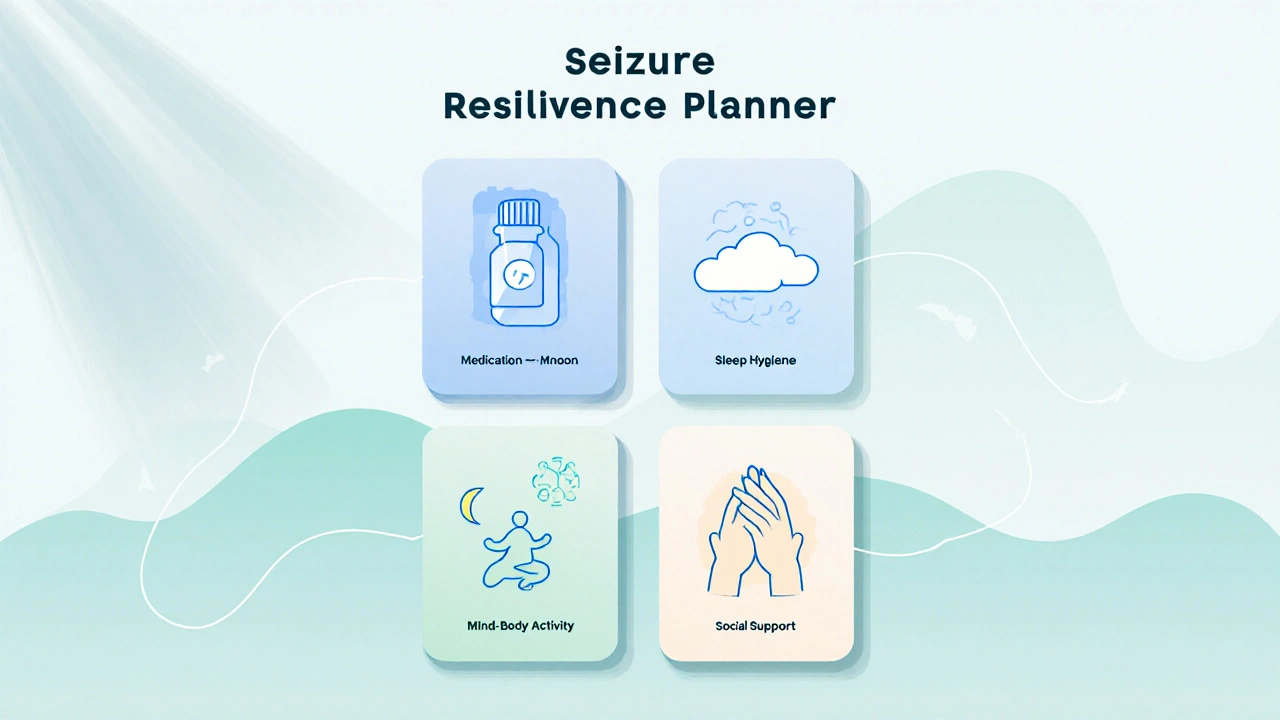Living with Seizures
When dealing with Living with seizures, a daily reality for anyone diagnosed with epilepsy or other seizure disorders. Also known as seizure management, it involves understanding the condition, tracking episodes, and coordinating care with health professionals.
One of the first steps is recognizing seizure triggers. Common triggers include sleep deprivation, flashing lights, stress, and certain medications. Identifying these factors lets you modify lifestyle habits and reduce the frequency of episodes. Next, choosing the right anti‑epileptic medication is crucial; drugs like levetiracetam, carbamazepine, or newer options such as cenobamate each have unique efficacy profiles and side‑effect considerations. Proper dosing, regular blood level checks, and open communication with your neurologist create a safe and effective treatment plan.
Practical tools for everyday life
Beyond medication, practical tools make a big difference. Keeping a seizure diary helps you spot patterns, adjust triggers, and provide doctors with concrete data. Learning seizure first‑aid – such as turning the person onto their side, timing the seizure, and staying calm – can prevent injury and give bystanders confidence. Many people also benefit from support groups, where shared experiences turn isolation into community.
All of these pieces – trigger awareness, medication management, diary tracking, and first‑aid knowledge – fit together like a puzzle. By mastering each part, you build a stronger, more resilient routine for living with seizures. Below you’ll find a curated collection of articles that dive deeper into each of these topics, offering step‑by‑step guides, expert insights, and real‑world tips to help you take control of your health.
Real-life stories show how people live with seizures, build resilience, and find inspiration through medication, lifestyle changes, support groups, and emerging tech.

